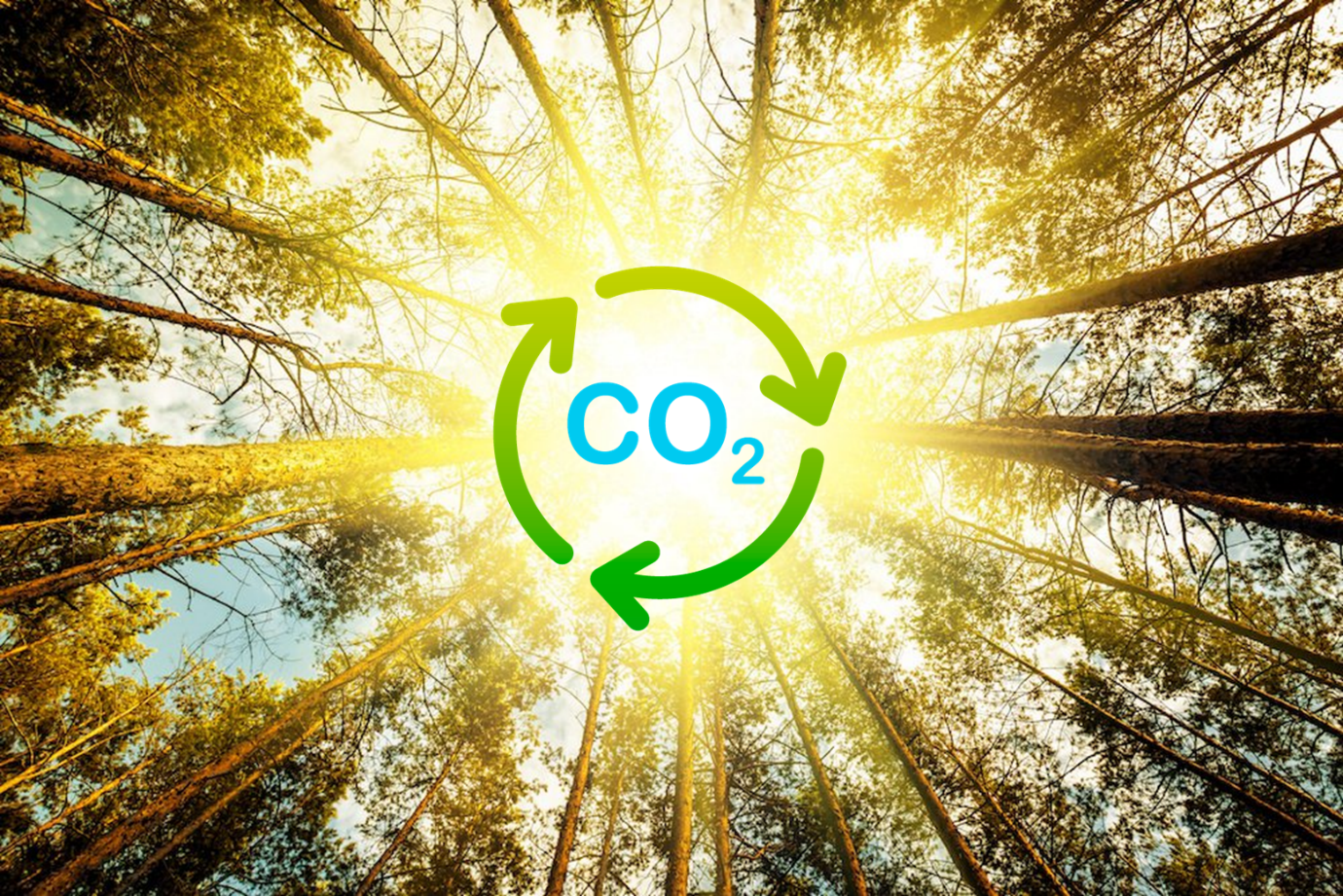Carbon dioxide is a well-known greenhouse gas industrially produced by the combustion of fossil fuels for the generation of heat and electricity. The accumulation of CO2 in the atmosphere contributes to global warming and climate change. Thus, it is of great societal interest to recycle CO2 because it can be used as a renewable starting material for the production of useful fuels and chemicals. For example, CO2 and water can be converted into synthesis gas (syngas), which is a mixture of CO and H2. Syngas can be used as feedstock to produce many different chemicals such as fuels, lubricants, pharmaceuticals and agrochemicals.
CO2 can be converted into syngas via the photoelectrochemical reduction of CO2. In this case, a light-harvesting solar cell converts sunlight into electrical energy, which is then used to drive the reaction. The photoelectrochemical process uses sunlight as the primary energy source, which is the most abundant and sustainable energy source known to humankind. Thus, the fuels and chemicals produced photoelectrochemically are named solar fuels and solar chemicals, since solar energy is stored within the chemical bonds of the products.
Although, the photoelectrochemical conversion of CO2 to syngas has been researched for many years, it has not yet been implemented industrially due to the high energy requirements and costs of the reaction. In order to make this technology more commercially viable, a catalyst must be used. A catalyst is a chemical compound which can lower the energy requirements of a reaction. Thus, researching catalysts for the CO2 to syngas reaction is crucial in order to sufficiently lower the energy requirements of the reaction so that it can outcompete the fossil fuel market. For my PhD project, I will be researching molecular catalysts, made from earth-abundant elements, which can selectively catalyse the photoelectrochemical conversion of CO2 into syngas.
In conclusion, the photoelectrochemical CO2 to syngas reaction is an important reaction because it consumes CO2, which is a well-known greenhouse gas, and presents a route towards sustainable and renewable solar fuel synthesis, providing an alternative carbon source to finite fossil fuels/chemicals.
NanoDTC PhD Student, c2020

